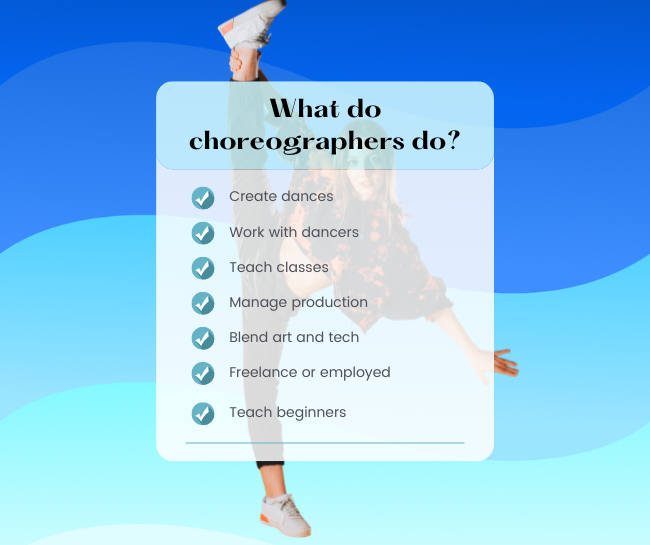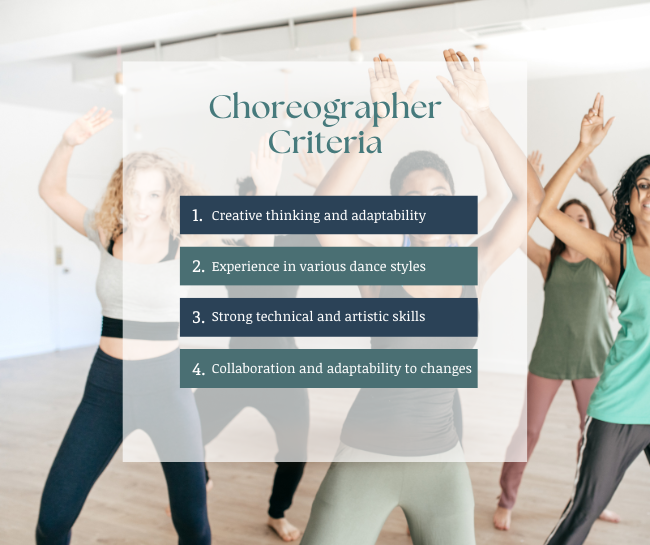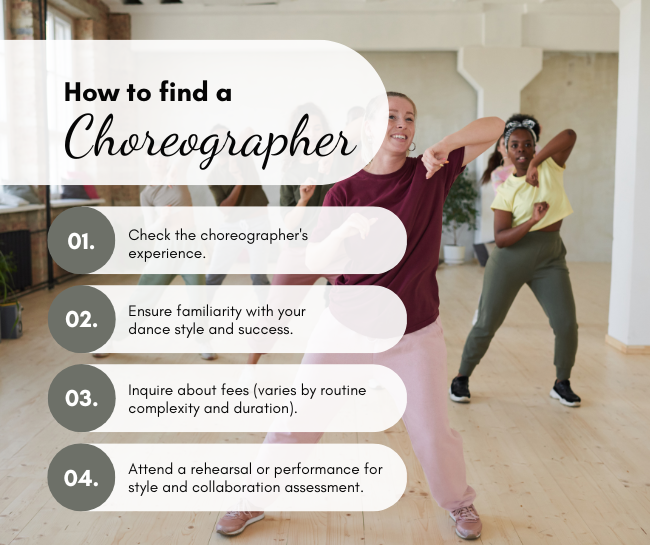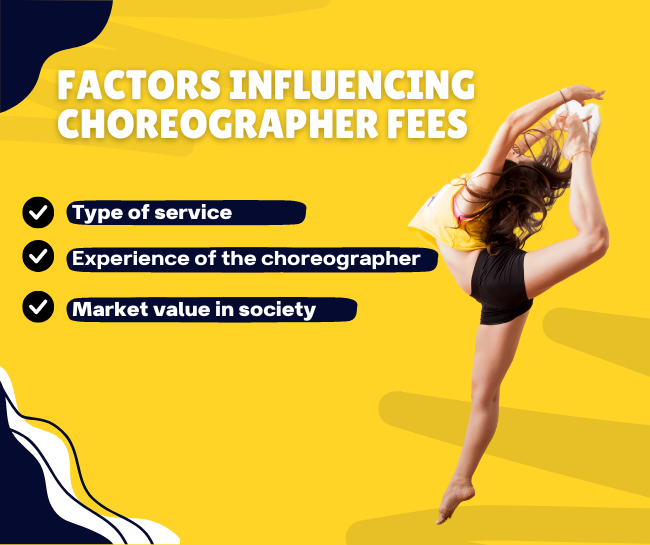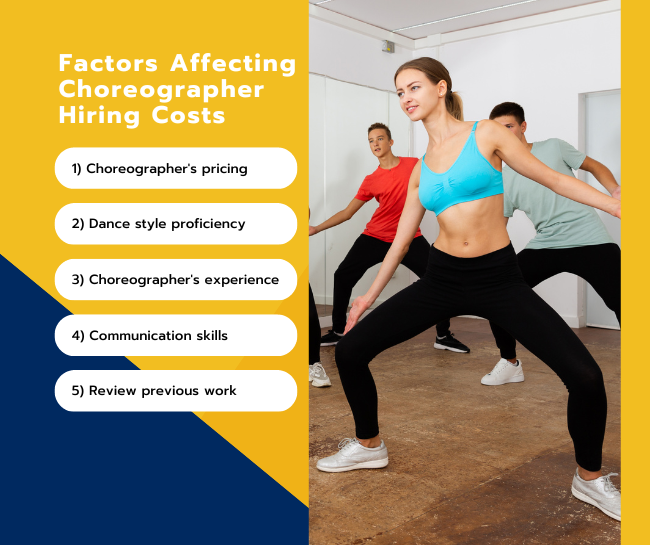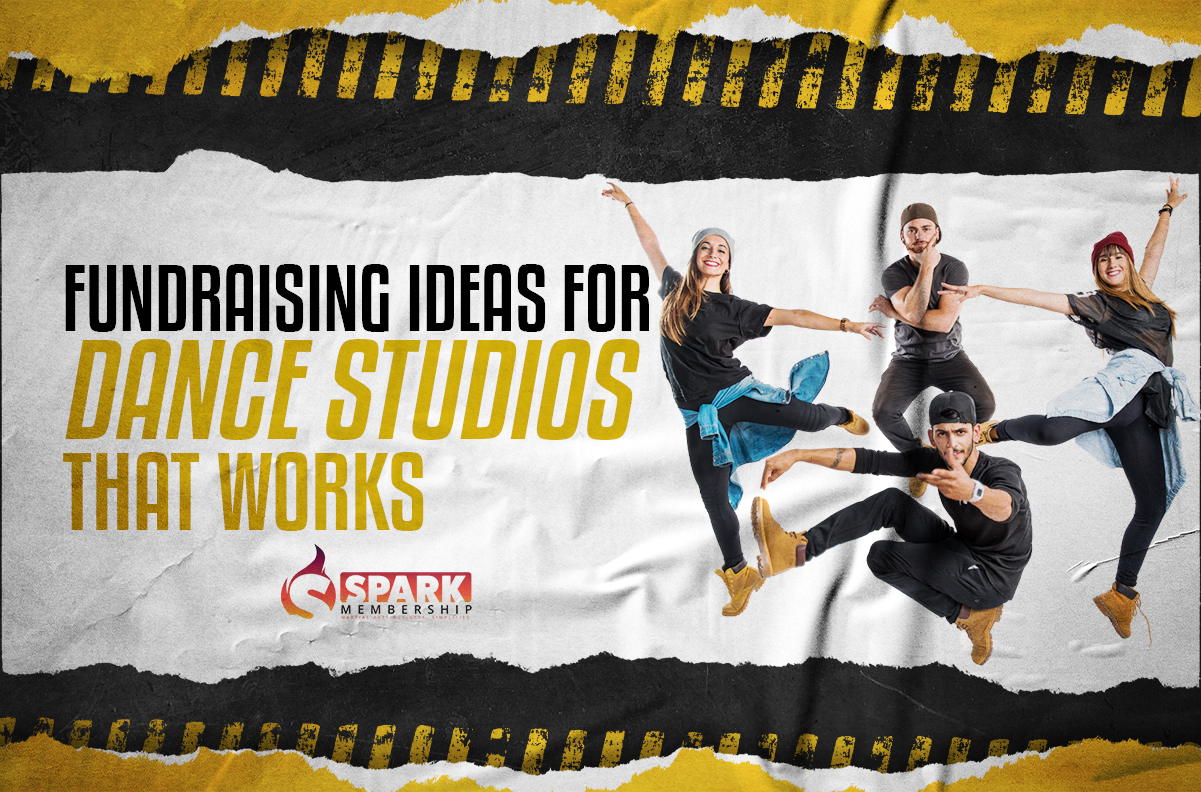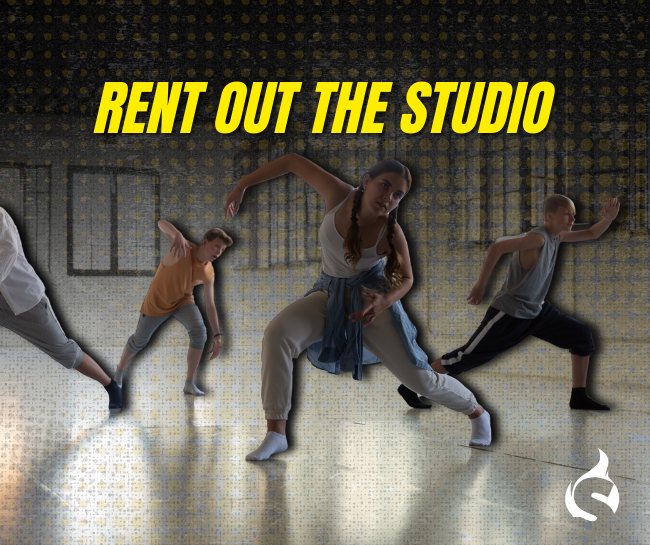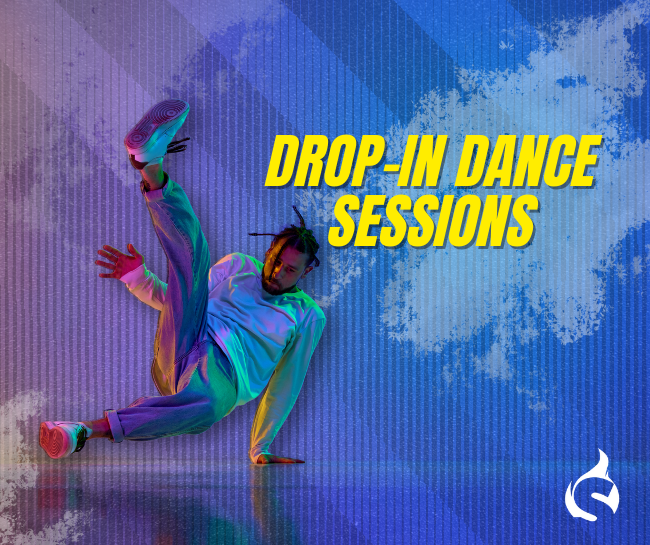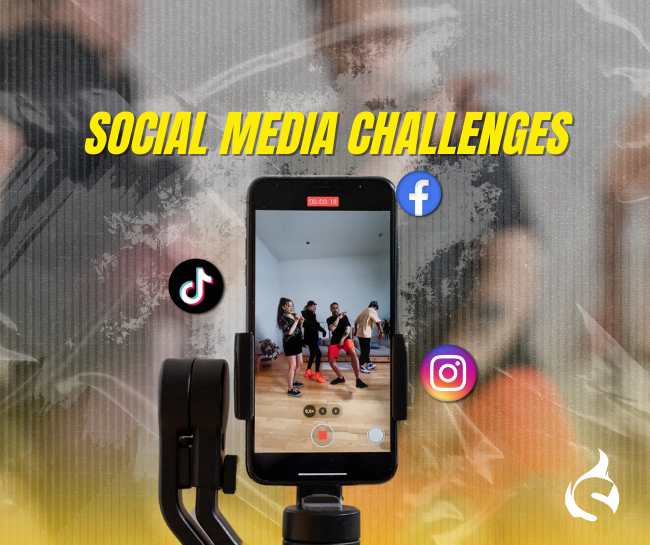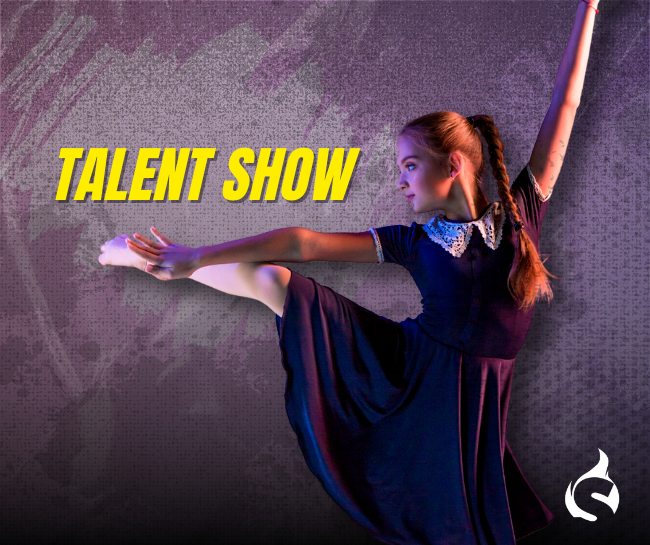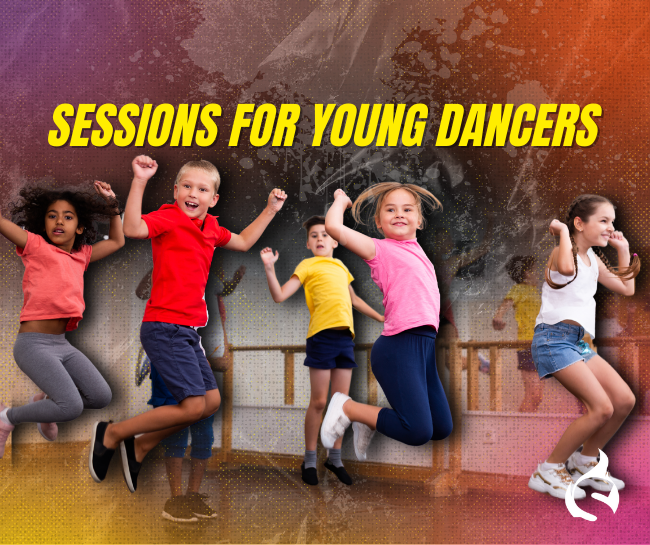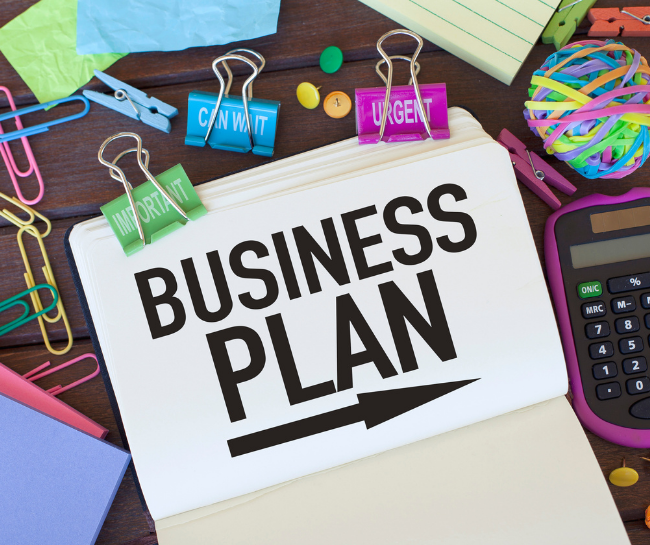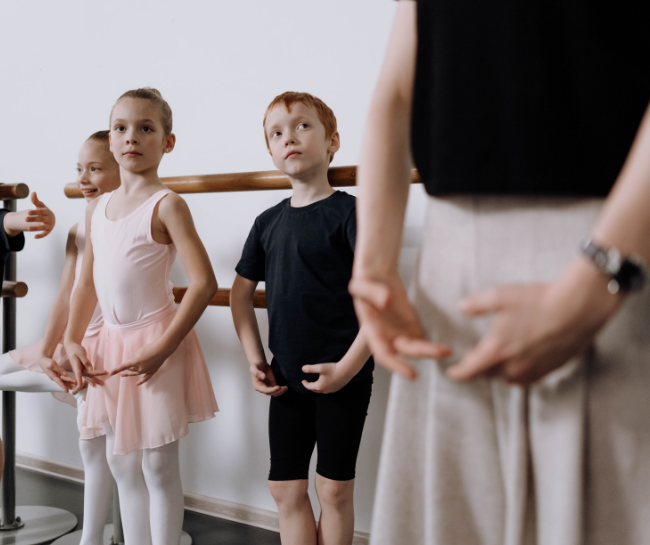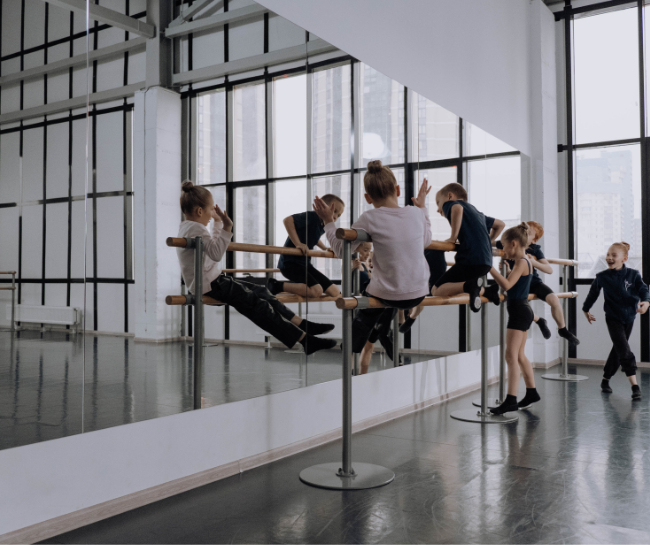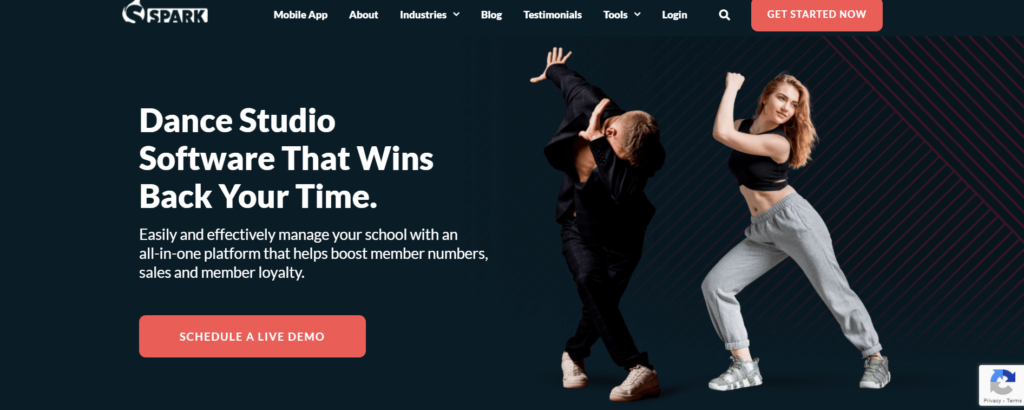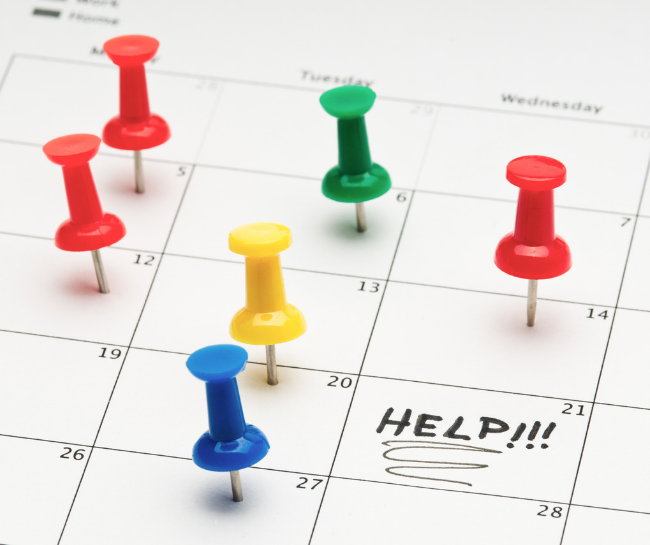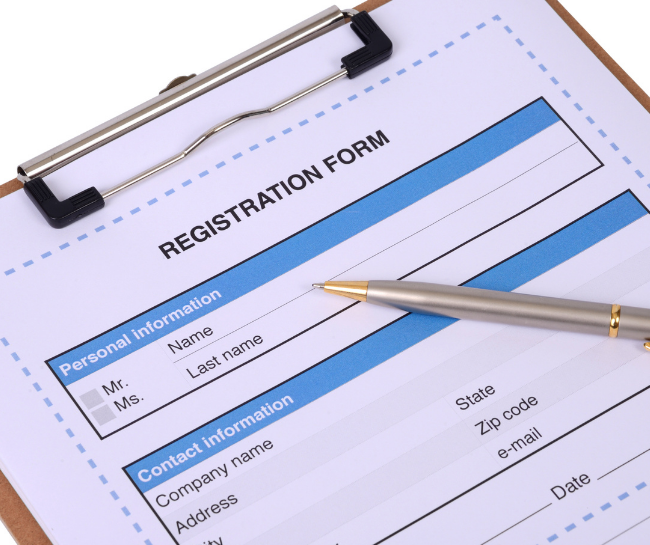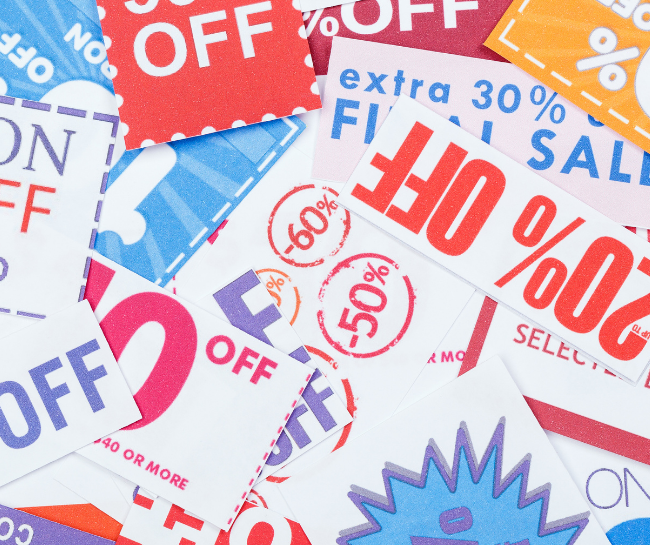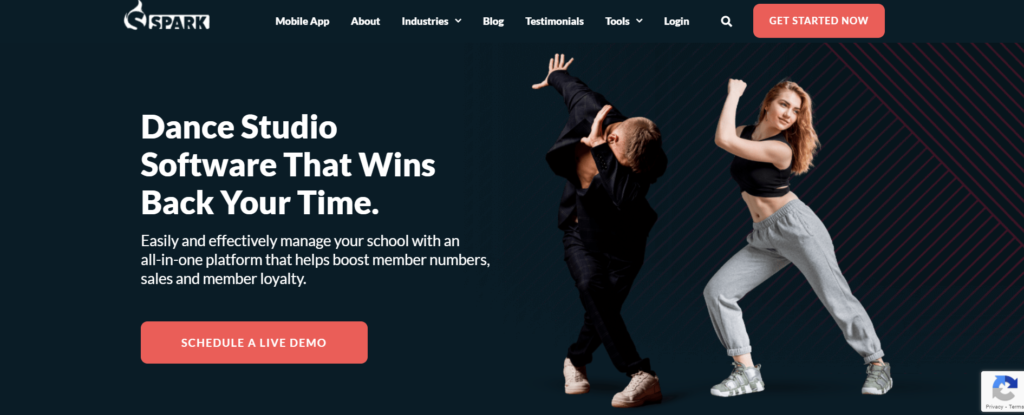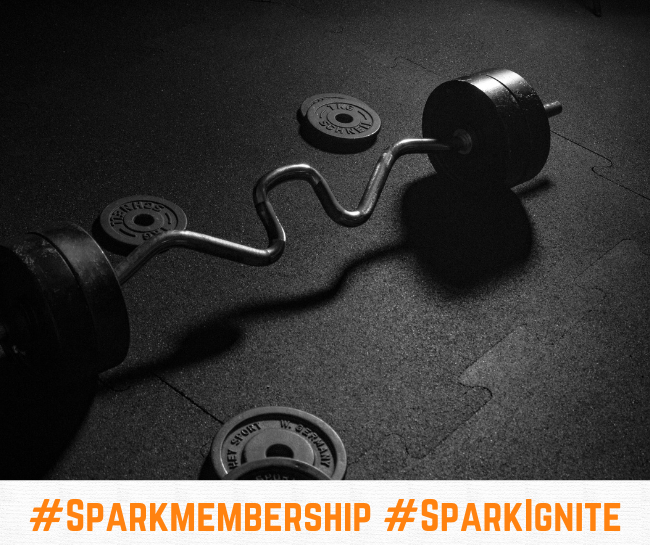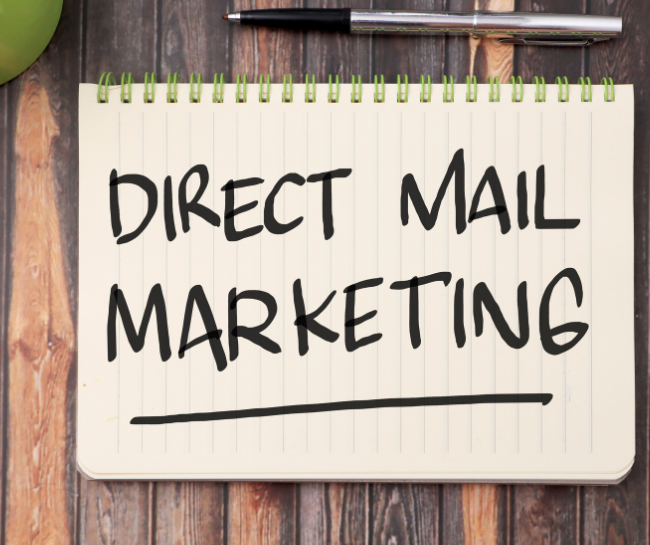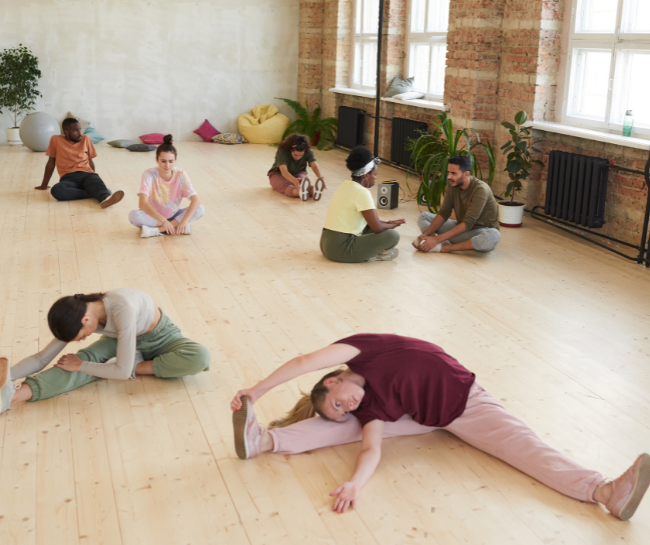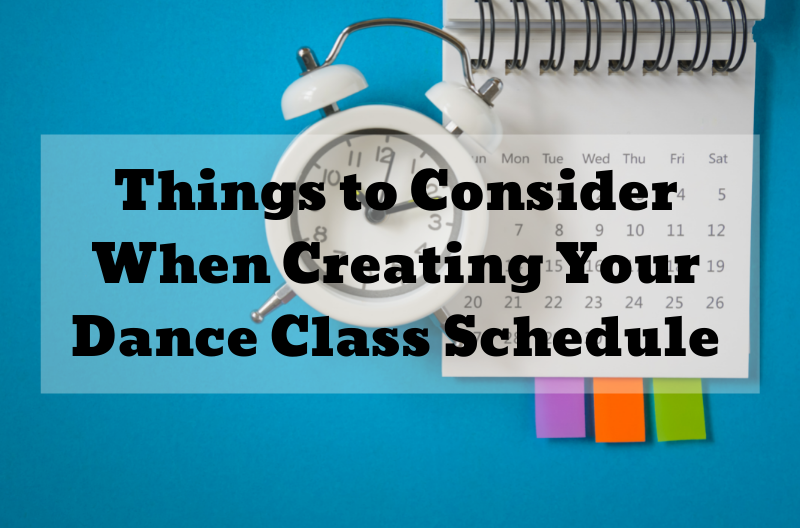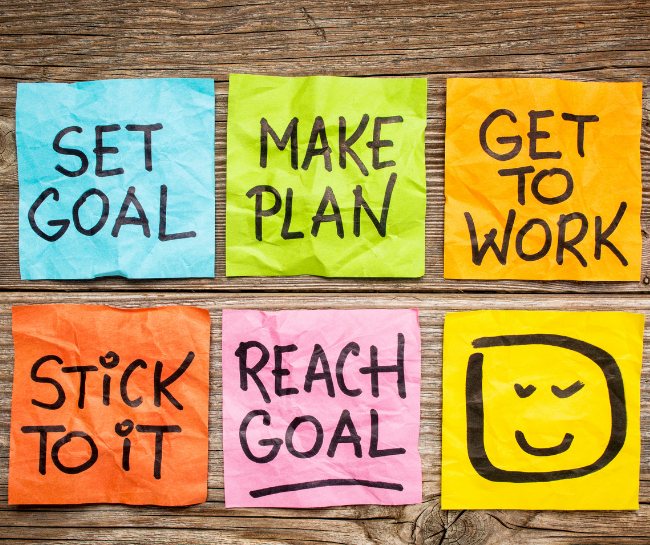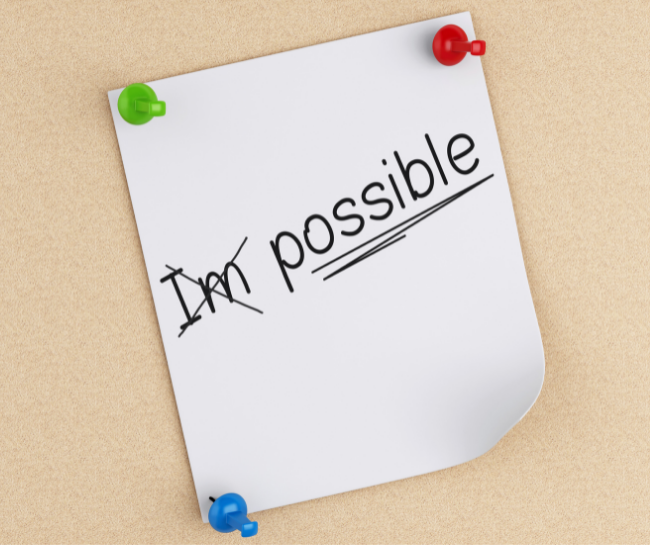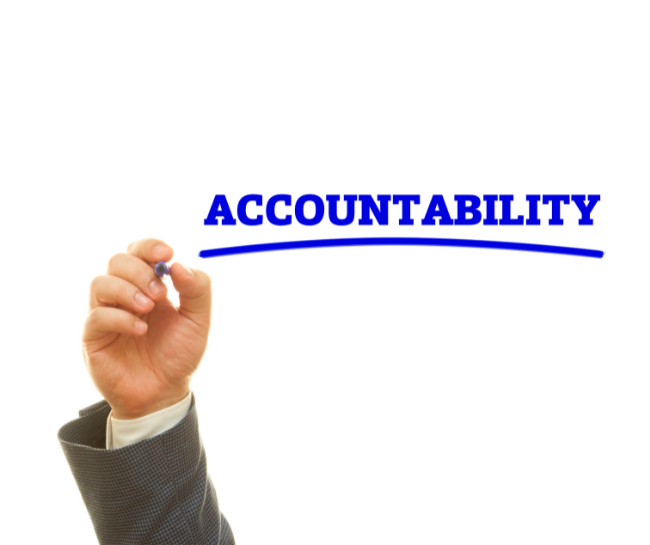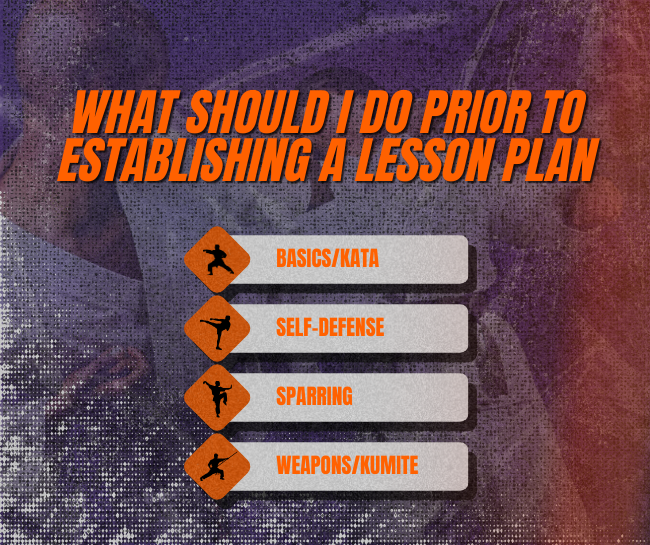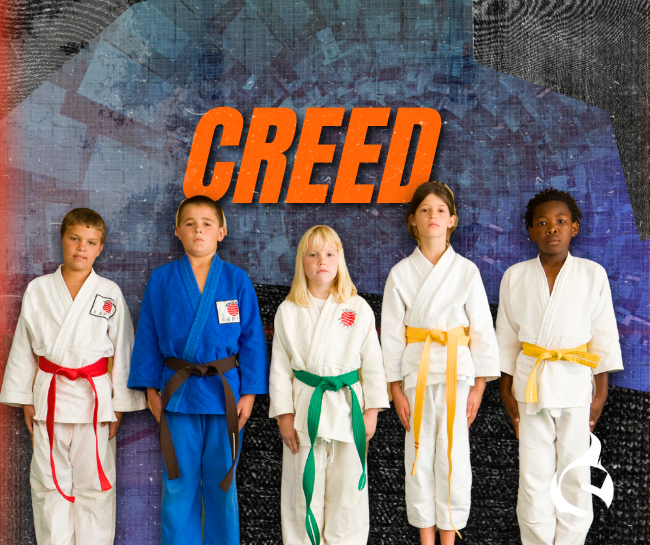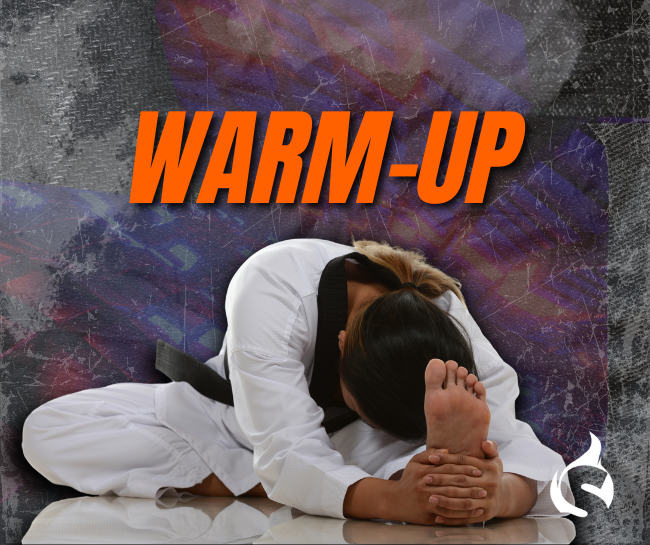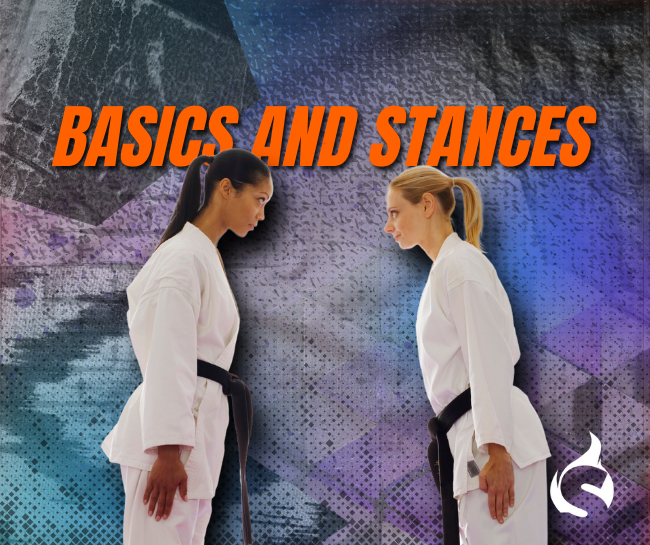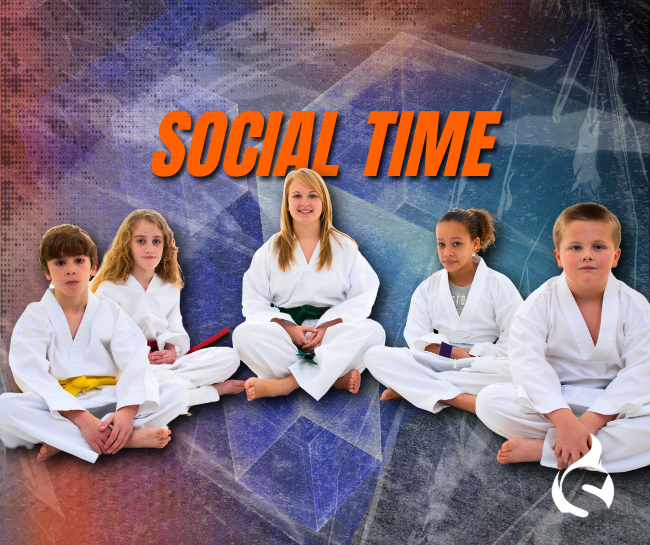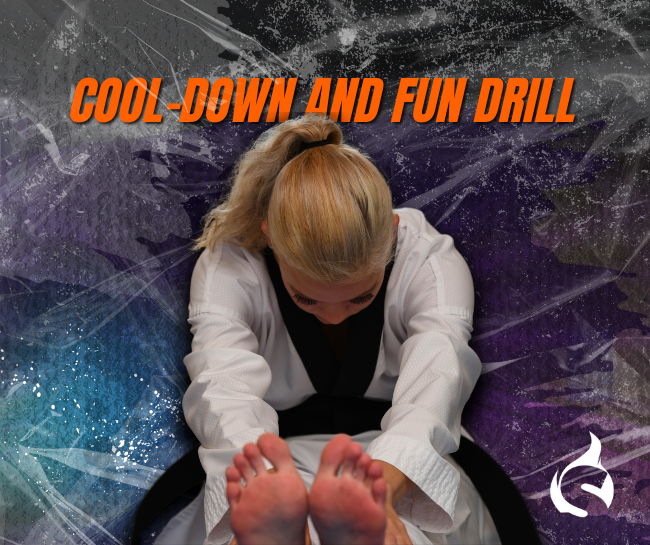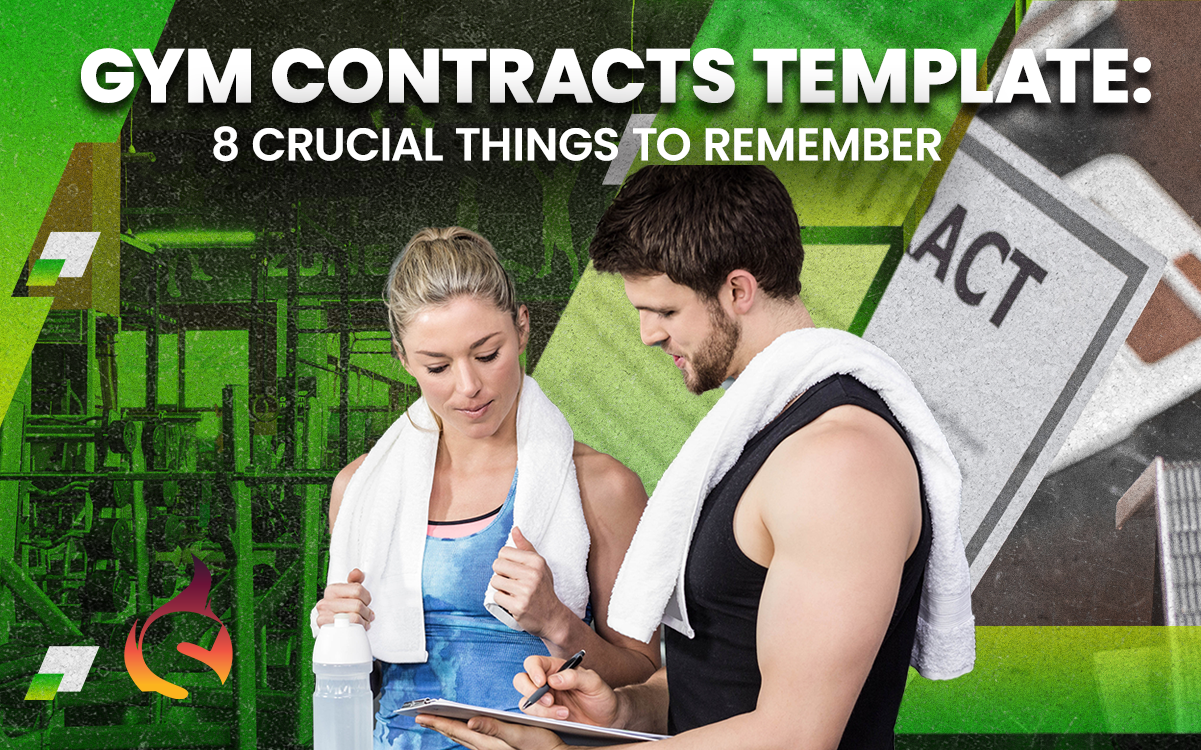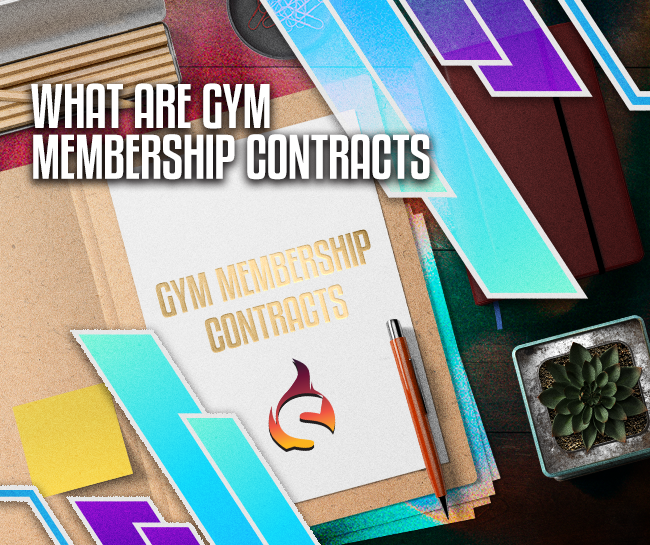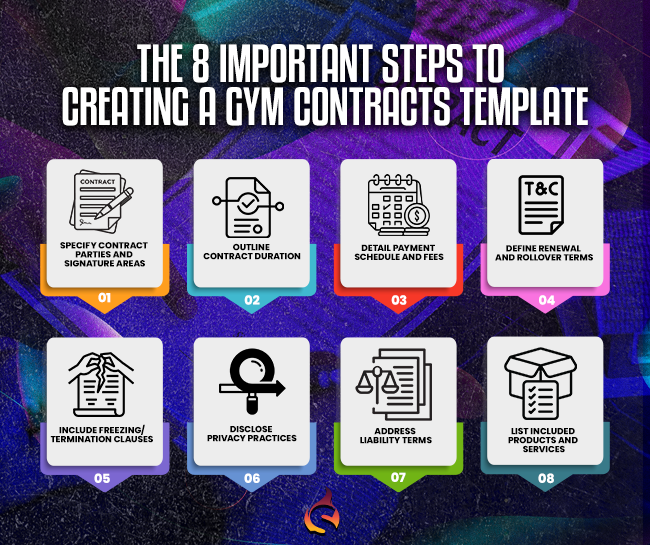
Got a fitness brand? Then, it is a mandate that you need high-quality content to support your brand, attract and retain clients. But coming up with new ideas for fitness content can be tough but not impossible.
This article will help you get a clear understanding of how to create fitness content that will connect with your audience. Plus, 15 great fitness content ideas to get you started.
What should I post on a fitness page?
This is a question that boggles the mind of most gym and personal trainers. And it’s not an easy one to answer because fitness trends are always changing.
To help you plan your content strategy, here are 15 fitness content ideas that will help you engage your audience and grow your business:
- Share your story:

People want to know who you are and what drives you. Share your journey as a gym owner or trainer, and let people know why you do what you do.
- Offer tips and advice:

Whether it’s tips for working out more effectively or nutrition advice, your audience will appreciate your expertise.
- Share client success stories:

Showing off your happy clients is a great way to attract new business.
- Post-workout videos:
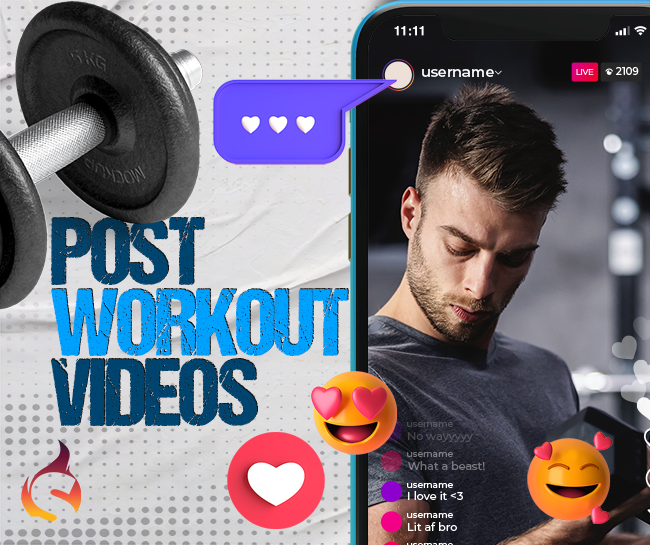
Videos are a great way to engage your audience and show off your skills as a trainer.
- Share healthy recipes:
Help your clients eat healthy with some delicious and nutritious recipes.
- Offer discounts and coupons:
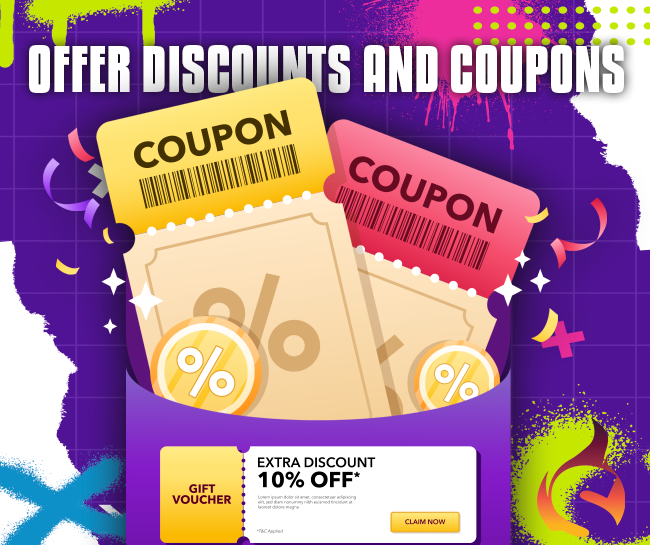
Everyone loves a good deal, so be sure to offer discounts and coupons to your followers from time to time.
- Host a contest:

Hosting a contest is a great way to engage your audience and promote your brand. You can also talk about gym challenges like in this article online and encourage your followers to try it.
- Share fitness articles:
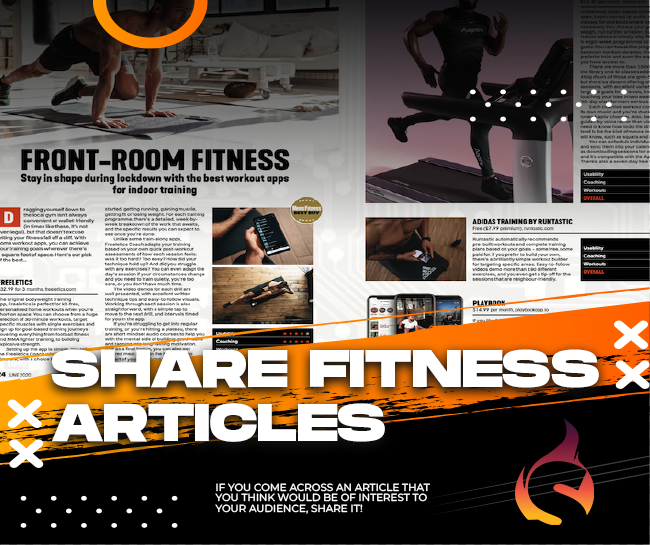
If you come across an article that you think would be of interest to your audience, share it!
- Post before-and-after photos:
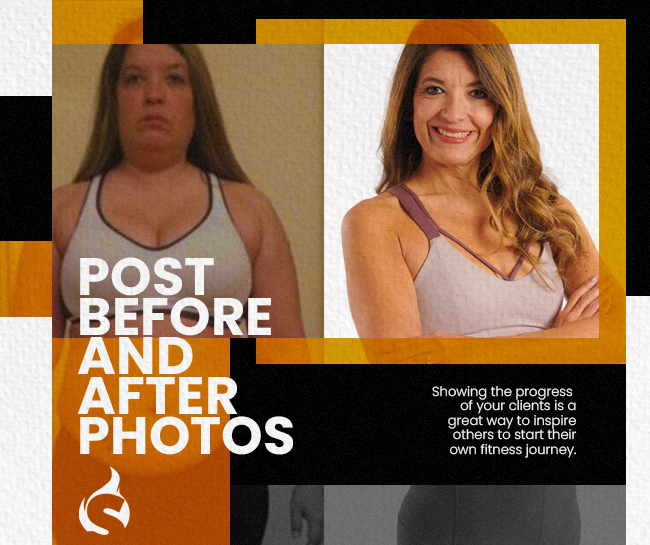
Showing the progress of your clients is a great way to inspire others to start their own fitness journey.
- Offer freebies:

People love freebies that provide some value. Give people the taste of what you offer to make them come back. A free workout guide or a healthy eating plan can be a great option.
- Collaborate with other brands:

Teaming up with other businesses in the fitness industry is a great way to cross-promote and reach new audiences.
- Do a Q&A:

A Q&A is a great way to engage your audience and give them the chance to learn more about you and your business.
- Share industry news:

Keeping your followers up-to-date on the latest fitness industry news is a great way to show that you’re an authority in your field.
- Post inspiring quotes:

Inspirational quotes are always popular on social media, so be sure to share some from time to time.
- Show off your personality:

Show off your personality: Don’t be afraid to show off your personality! Your followers will love to see the real you.
💡 By following these tips, you can create content that will engage your audience and help grow your business.
How do you create fitness content?
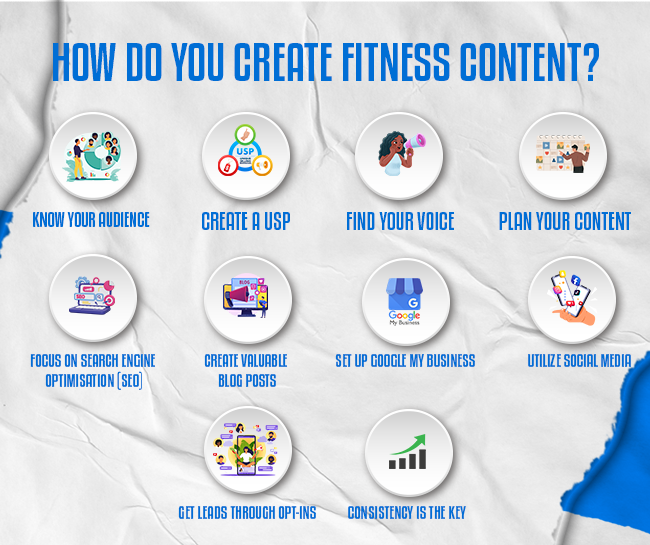
Creating not just fitness, but also any other content that is relevant and paves the way to attract an audience is not a random process. It needs to be well thought out and a systematic approach for the same. Here are a few tips to help you create fitness content.
- Know your audience
The first step to creating any content is understanding who your audience is. Ask yourself the questions:
- Which age group would they be in?
- What are their interests?
- What do they want to see from you?
When you know your audience, it will be easier to create content that appeals to them.
- Create a USP
Once you know who your target audience is, it’s time to create a unique selling proposition (USP). Ask yourself:
- What can you offer that no one else can?
- Do you have any unique skills or experience?
- What makes your gym or training program different from others?
By creating a USP, you’ll be able to produce content that will make you stand out from the rest.
- Find your voice
Now it’s time to find your voice. This is what will make your content truly yours. Are you funny or serious? Do you like to use puns or stay away from them? What tone do you want to set with your content?
Your voice should be consistent across all of your channels, so make sure you find one that you’re comfortable with.
- Plan your content
Once you know your audience, USP, and voice, it’s time to start planning your content. This is where a content calendar can be used. A content calendar is a tool that helps you plan and publish your content in an organized way.
By having a content calendar, you’ll be able to ensure that your content is consistent and on-brand. Plus, it will make the content creation process a lot easier and less stressful.
- Focus on Search Engine Optimisation (SEO)
If you want your content to be seen by as many people as possible, you need to focus on SEO. This is the process of optimizing your content for the search engines.
Some basic SEO tips include using relevant keywords, making sure your website is mobile-friendly and load times are fast, and creating high-quality content.
- Create valuable blog posts
Blog posts are the best way to attract your target audience who are searching for things related to your offer. It is also an important part of search engine optimization. But, in order for them to be successful, they need to be high quality and offer value to the reader.
When creating blog posts, make sure to include relevant keywords, use proper grammar and punctuation, and format your post in an easy-to-read way.
- Utilize social media
Social media is a powerful tool that can help you reach a larger audience. When using social media, make sure to post interesting and engaging content, use relevant hashtags, and tag other users when appropriate.
- Get leads through opt-ins
Opt-ins are a great way to grow your email list and generate leads. An opt-in is when a reader provides their email address in exchange for something, such as a free e-book or access to exclusive content.
To create an opt-in, you’ll need to create some sort of lead magnets, such as an e-book or checklist. Once you have your lead magnet, you can then create a landing page where readers can sign up for it. You can use spark membership to get the best out of the emails by using its email automation feature.
- Set up Google my Business
Being a fitness brand, it is essential that you have a presence on Google My Business. This is a free listings service provided by Google that allows businesses to manage their online information, such as their hours, website, and contact information. This will make sure you will show up in local search results.
- Consistency is the key
The last tip is to be consistent with your content. This means posting on a regular basis and sticking to your niche. If you can do this, you’ll be well on your way to building a successful fitness brand.
Creating fitness content is not as difficult as it may seem. With these fitness content ideas along with some effective digital marketing ideas, you can easily create content that will engage your audience and help grow your business.

